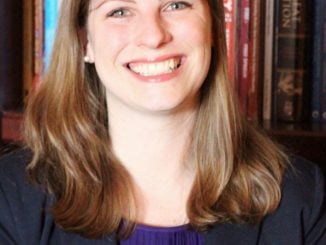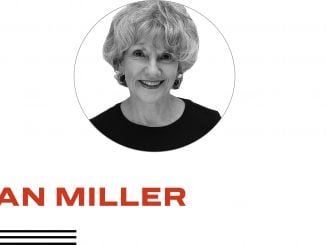 In a recent column for the North State Journal, I explained that student debt is a real problem — not just a campaign slogan to attract millennial and Gen Z voters. It hampers workers and costs taxpayers millions. And as the economy stutters, more students will struggle to repay their student debt.
In a recent column for the North State Journal, I explained that student debt is a real problem — not just a campaign slogan to attract millennial and Gen Z voters. It hampers workers and costs taxpayers millions. And as the economy stutters, more students will struggle to repay their student debt.
One of the reasons that student debt has ballooned is that the risks and rewards of borrowing aren’t evenly distributed.
To be sure, the student borrowers reap most of the rewards of successfully completing a college education. The Social Security Administration estimated in 2015 that men who successfully graduate with a four-year degree earn roughly $900,000 more in median lifetime earnings than high school graduates. There is considerable variation based on major, type of university, and location. And once the costs of college and lost working years are factored in, the actual return on investment is less.
The rewards are much, much lower for students with “some college, no degree.” Only students who cross the finish line really benefit from their years of extended education.
Universities, on the other hand, reap the rewards regardless of whether a student graduates. Students pay tuition upfront each semester, and a large portion is paid through student loans. Here in North Carolina, universities receive an additional $13,000 from the General Assembly for each full-time equivalent student. According to the State Higher Education Executive Officers Association, net revenue for higher education in North Carolina is at an all-time high.
In other words, universities have strong incentives to increase enrollment and to make sure that students can pay — whether it’s through grants, loans, or other subsidies. In the short run, universities are the largest beneficiaries of generous student loan policies.
Yet universities bear very little of the risk involved with student loan borrowing. A student who drops out after sophomore years has already paid the university a considerable sum of money for tuition, fees, and room and board. What turned out to be an unwise expenditure for the student still paid off for her university.
The only thing universities must keep in mind is not to go over the maximum default rate.
At many schools, students who never make it to graduation are the norm. These schools know that many of their students — those with poor grades and low standardized test scores — are unlikely to graduate. But they accept them anyway. There are five schools in the UNC System with 6-year graduation rates below 50 percent: Elizabeth City State University, Fayetteville State University, NC A&T, NC Central, and UNC Pembroke. These schools continue to receive millions of dollars in Pell grants, student loans, and state subsidies while their former students struggle to pay off their student loan debt.
That’s because the rules governing which schools can receive student loans are weak. It’s true that schools must be accredited in order to participate in federal student aid programs, but accreditation standards are largely red tape — not real signifiers of quality. And institutions with extremely high student loan default rates can be barred from offering federal aid, but the standards are very low. A school doesn’t lose access to student loans until its three-year average cohort default rate exceeds 30% or its one-year cohort default rate exceeds 40%. And even then, a school can appeal to keep its access to student aid.
While it’s true that students’ own poor decisions are the proximate cause of their debt problems, universities are not innocent. They behave irresponsibly because doing so increases their revenues and involves no risk to the institutions themselves. It’s clear that the rules must change in order to encourage both universities and students to make better decisions.
In my final article in this mini-series on student debt, I’ll explain some innovative policy solutions to solve the student debt dilemma.



